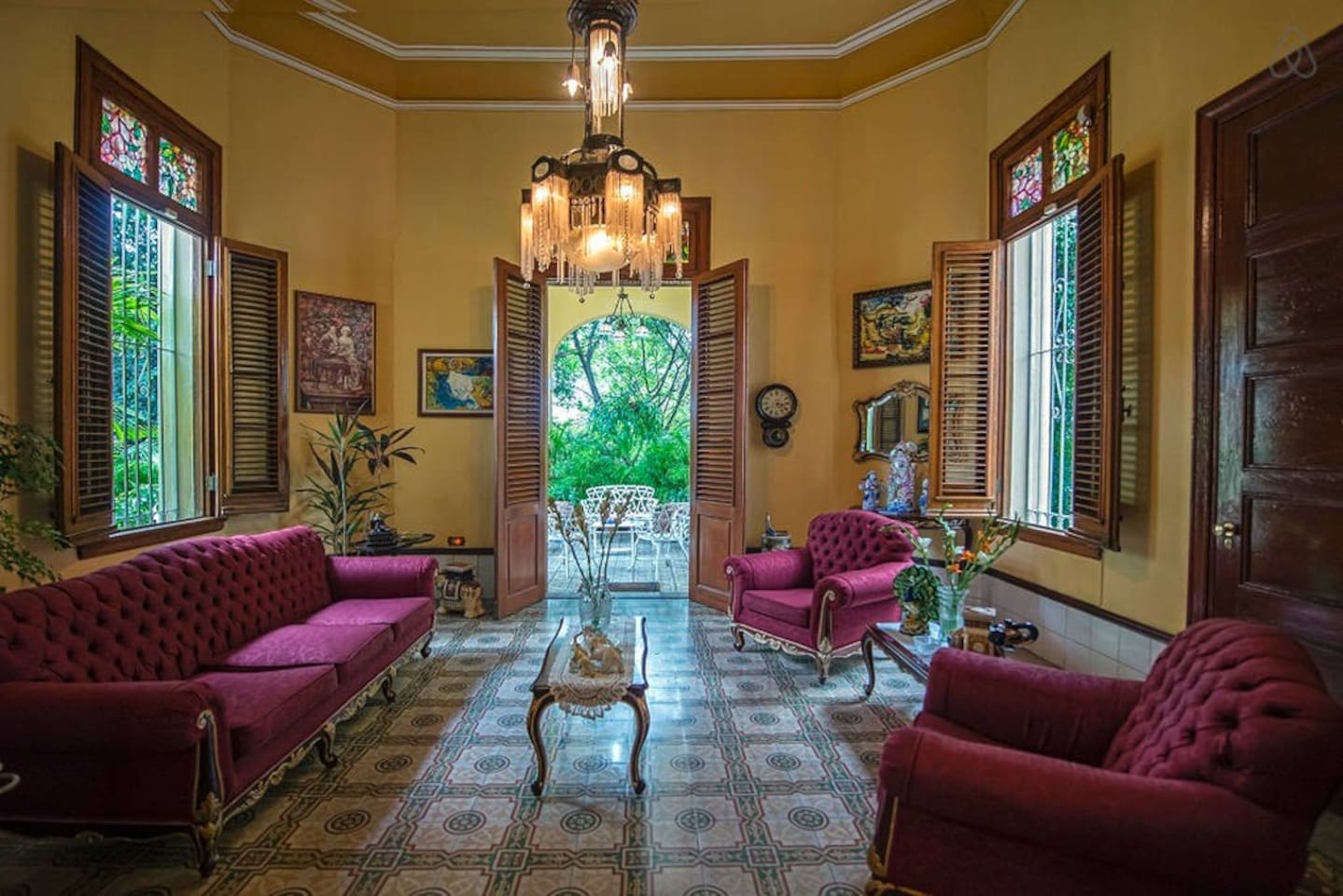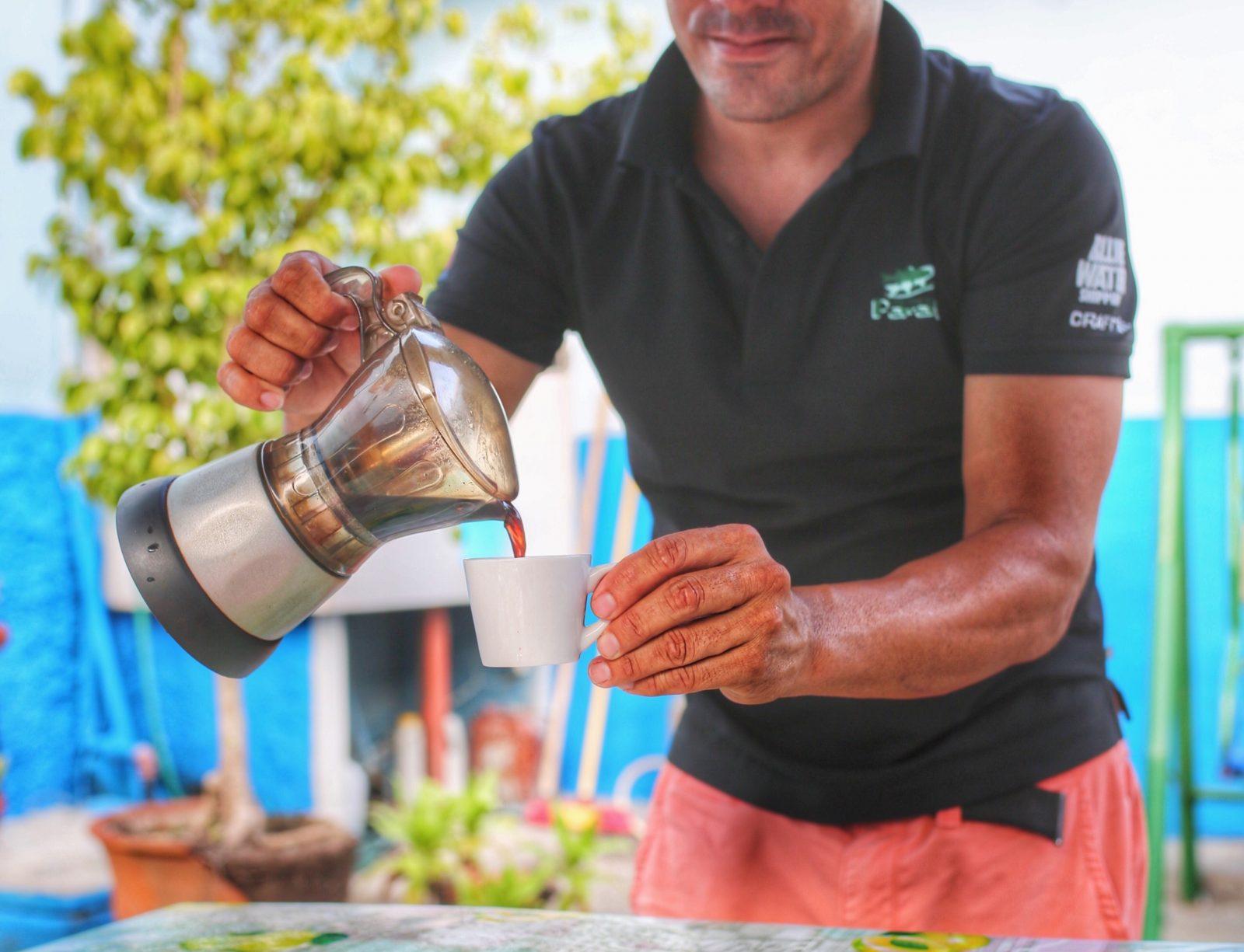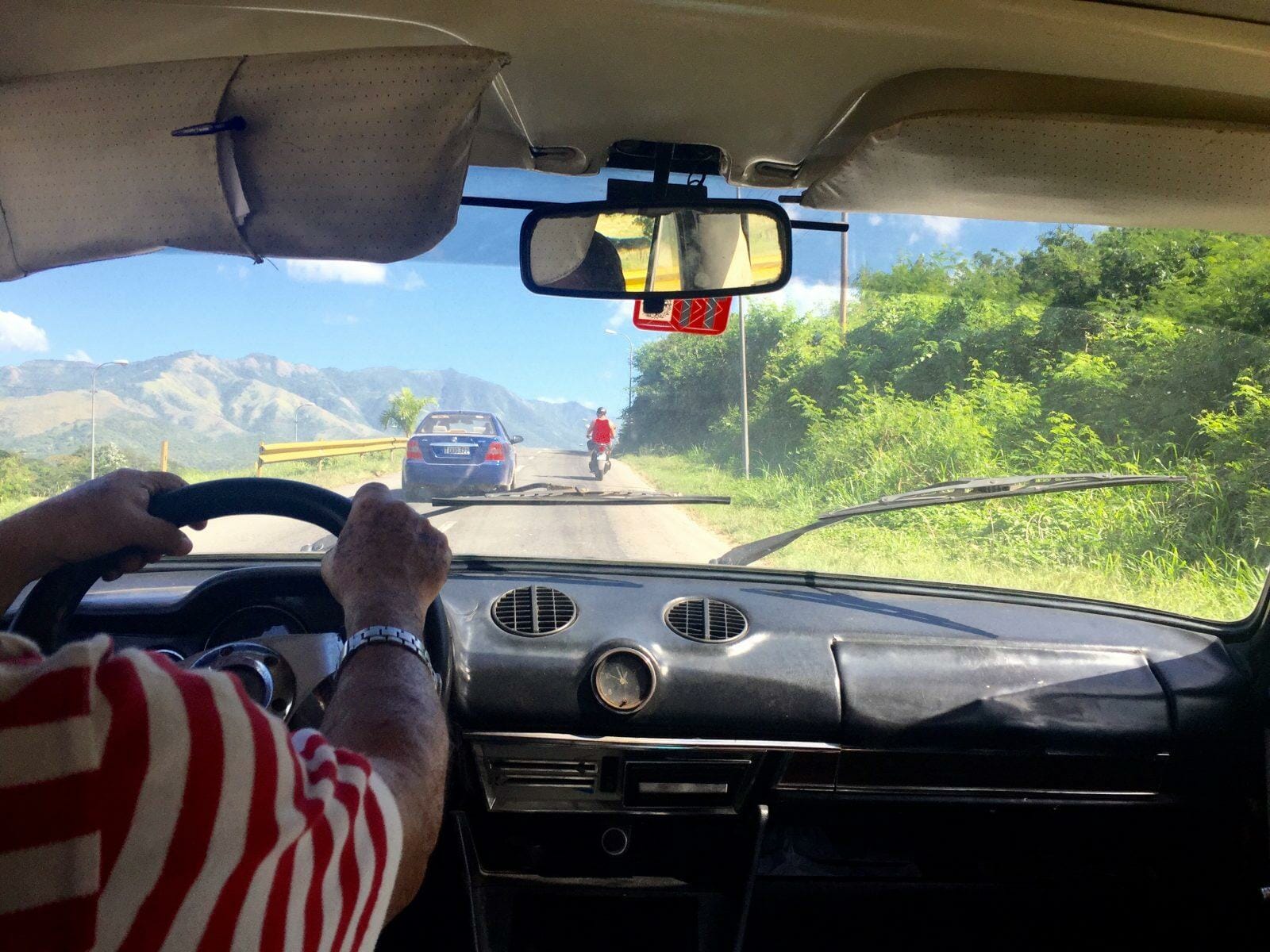Cuba
Cuban Class System: Who is Rich in Cuba?
Fidel Castro’s vision for post-revolution Cuba was an independent nation without classism. He preached for a Cuba where everyone has access to education, healthcare, and basic necessities. These intentions enthralled some folks, while others (most of the affluent class) fearfully fled in massive waves. While Castro did succeed in some aspects–Cuba has one of the highest literacy rates in the world (99.8%)–he was not able to avoid the inevitable class system.
“Cubans are poor. Extremely poor.” I was sternly warned by folks who had never been to Cuba. So I couldn’t believe my eyes when I stumbled into an old social yacht club in Havana, full of wealthy Cubans playing on their iPads, and using expensive internet.
The surprises kept coming when I arrived to a new year’s eve family party, located in a tall, baroque-style, multiple-story home in el Vedado. The home’s interior had freshly painted walls and was decorated with modern furniture (a luxury in Cuba). The dinner table was bustling with an abundance of food and drinks. The women, beautifully endowed, were dressed as if they were heading to a red carpet event. I looked down at my hippie dress and withering sandals, wondering if I was in Cuba or Miami.
That night, we took to flashy bars that put Miami to shame. Cubans who frequented these bars seemed educated, gorgeous, and whimsical. I loved observing each one of them and trying to figure out their story. How did they get to be more privileged than other Cubans I’ve met? Do their parents own casa particulares? Do they have family in Miami? Maybe they’re bureaucratically connected. My mind wandered until my friend interrupted me, “Let’s play a game, tourist or Cuban?” he whispered in my ear. We could no longer tell them apart.
It is not uncommon to meet Cubans who own six-figure casa particular or paladar businesses, making more money than most Americans. But it is much more common to meet Cubans who have very little resources, zero access to the internet, no connections, and nothing to invest.
After a lot of online research, social observation, and conversations over Cristal beers with Cubans throughout the island, I concluded the following types of Cubans are generally the ones at the top of the socio-economic pyramid:
Table of Contents
The Bureaucratically Connected

This is probably the highest in the socioeconomic ladder in terms of money and power, but it is also the hardest to quantify into words or numbers. These are Cubans who work in high places in the government, such as military generals and government department ministers. These folks are afforded certain luxuries (cars, internet, property), privileges, and opportunities directly from the government than probably any other Cuban. To reach this position in Cuba, takes special connections and fervid loyalism to the Castros, Communism, and the Revolution.
Not-so-fun fact: I was once uninvited to a family Christmas party because in Cuba it is illegal for a foreigner to be in the same room as a military general. I was pretty bummed out, since I really wanted to meet a military general.
The Geographically Blessed (ie. Los Habaneros)

Environment can be a deciding factor for where Cubans fall within the socioeconomic class system. In Eastern Cuba, the treatment our Havana friends got from their Santiago friends, reminded me of the way I’m treated when I go back to visit family in the Dominican Republic. I’m expected to bring gifts and take them out because I come from a place of higher opportunity and economic privilege. And as it turns out, in Cuba, Havana is regarded as just that. Folks from Havana are deemed to enjoy a better standard of living and be more financially privileged, due to the relative abundance of opportunity the capital offers (especially from tourism).
The problem here is that a Cuban cannot easily move from one part of the country to another. Cuban Decree 217 prohibits citizens without an address or job in Havana from living there. I assume this is to reduce urbanization and overpopulation. But to make matters trickier, the cost of living can be the same if not worse in regions outside of Havana. So cities like Santiago and Baracoa have less opportunity for work and less pay but just as high, if not higher, costs of living.
Cubans with Access to Foreign Remittances

Foreign remittances fuel the Cuban economy. Billions of dollars are pumped every year into Cuba from family and friends abroad. This is a particularly special aspect to the country of Cuba. Since the 1960’s the U.S. has upheld the Cuban Adjustment Act which entices Cubans to migrate to the U.S. Upon reaching land, they are instantly granted legal entrance and qualify for an assortment of government aid programs. This has encouraged the immigration of nearly 20% of the Cuban population. That’s 1 in 5 Cubans in the United States.
Cubans with access to foreign aid are at an advantage to those without these connections. In a country where the average monthly salary is $20-30, any bit of aid from the U.S. is relatively a lot.
In addition to fulfilling basic needs, these Cubans can use foreign money to invest in the newly available Cuban private sector (2011). These Cubans, with the help of family abroad, have also been able to invest in or buy homes at ridiculously low rates. Homes in the affluent neighborhood of El Vedado can sell for as low as $20,000, and multi-bedroom penthouses have been listed for less than $100,000 (Revolico). Such homes are then renovated into Airbnbs/casa particulares for travelers to rent. These Cubans are making more money than you and me combined, while paying an extremely low costs of living.
Cubans Who Work in Tourism

Tourism as the engine of the country, coupled with state-owned enterprises, has turned Cuba’s socioeconomic structure upside down. It is extremely common to meet highly trained and skilled professionals (doctors, lawyers, accountants) who make far less money than unskilled laborers (waiters, cab drivers, hotel maids) in the tourism sector. These people are at an advantage for several reasons: they can receive gifts from tourists (to keep or sell), may become friends or lovers with tourists who can help them out, and/or can be paid and tipped in tourist prices, among many other lucrative benefits.
The most profitable types of work in the tourism industry are usually cab drivers and owners/innkeepers of bed and breakfasts (casas particulares).
Cubans With Inheritance

Some Cubans were lucky enough to have inherited (or been given by the government’s expropriated stash) certain luxuries from earlier decades, such as cars. In Cuba, these old cars are now used as taxis to drive other Cubans or, more lucratively, to drive tourists. Taxi drivers in Cuba’s private sector are commonly known to earn more money than a doctor who works in the government sector.
~
Of course, there are exceptions to everything. The list above is not all exclusive. For instance, some Cubans in the countryside who raise pigs make much more money than the average Cuban. But these are the most generally recognized groups in Cuba who are more financially privileged.
Perhaps class systems are simply inevitable in a world full of different ambitions, skills, fortunes, and environments. Hopefully one day, however, Cubans will have equal access to work towards financial success.



Pingback: Practical Tips for Traveling to Cuba - A Latina Abroad
This is so insightful. I’ve been searching the web for these answers about the Cuban class system. Thanks for the write-up.
A great summary. I started realizing certain things when I travelled Cuba… Not on the first day.. but after a while. Especially with folks that work in the tourism sector… there is such a huge gap between them and the person next door struggling to buy basic hygiene products (common soap for example). What really made me see an even wider gap were all the yacht clubs, luxury hotels (former colonial sugarcane “barons” villas) in Cienfuegos for example – and then taking a turn to the old freight harbor having people living in huts with corrugated iron roofs…
Hey! Email me! I lost your FB comment. Or send me a IM/IG DM. I’m down to consider some collab.
Cuba will only be free once the trade barriers and cruel bans are lifted off. The US needs to let Cuba go and allow their citizens to live like human beings. I feel so bad for such wonderful people. It is so tough for them and they face challenges I can only have nightmares of. I am constantly surprised by their generosity and willingness to succeed.
One day they will be free and I hope that day is soon.
The US leaving Cuba alone, my goodness which planet are you born. Fidel is the one that needs to let the Cubans go and be free. NOT the US.
Wake up Maggie, I think i have something to say to you. It’s the longest running embargo the USA have !!!!! !!!!!!! And yet they have a military base on the island !!!!
Great article! I have also been lucky enough to visit Cuba and your descriptions are perfect! Thanks for taking the time to write this cuz its such weird economy! I’m from Canada and when we asked what currency we should bring I was shocked when I was told to bring USA currency and they were right! Everywhere I went required US monies! Literally the first thing I said when I got off the plane was “This Place Has A Lot of Secrets”! Shady energy!
USD
A further update on USD is that the government is offering low cost items such as freezers, electric motor scooters, televisions and other electric domestic products.
This began in late fall 2019.
After several years of organized ‘burros’ carting in foreign products for illegal resale, the Diaz-Canal government has gotten in on the act. The pertinent result is that USD is now selling on the street up to 50% above the CUC. Some instances of two CUC per USD have been claimed!
As mainly electo domestic products can only be purchased in foreign hard currency. People are looking for USD and simultaneously cutting out the black market in these products and creating a black market in USD.
Now , for example, if you arrive at an air B n B you will likely be asked if you have USD or Euros for sale, offering to give you CUC at par or near par. Even revolico.com has shown offers of 1.10 cuc per USD.
Cubans who are able (a whopping 60% of the population are partly supported by foreign remittances) can open a special account to support a bank card used in such transactions. Canadians who makes a purchase for a Cuban (only natural citizens qualify) can use their credit card which converts the transaction into US dollars.
Diaz-Canal is primarily an economist with an engineering background and is apparently taking further control in steering the tiny Cuban economy. The need for US dollars has been exacerbated by tightened US sanctions. There will no doubt be further moves now on the part of the administration to counteract this. It will be interesting but in the meantime forget the 10% USD tax!
Interesting and straight forward articles!
Thanks Jerry! I agree these new developments definitely warrant an update. However, since the CUC is now so volatile, it’s hard to qualify the data in real-time. By the way, did you mean to post this under my currency exchange post? That’s where I’ll be updating the information. I don’t think it’s relevant in this one about Cuban class system…?
Excellent read. Feels politically unbiased. Just back from a month there exploring as a ‘non tourist.’ I would love to see how the country would have been (could be) without the US blockade.
Thank you.
What an incredible article. Thank you for writing this.